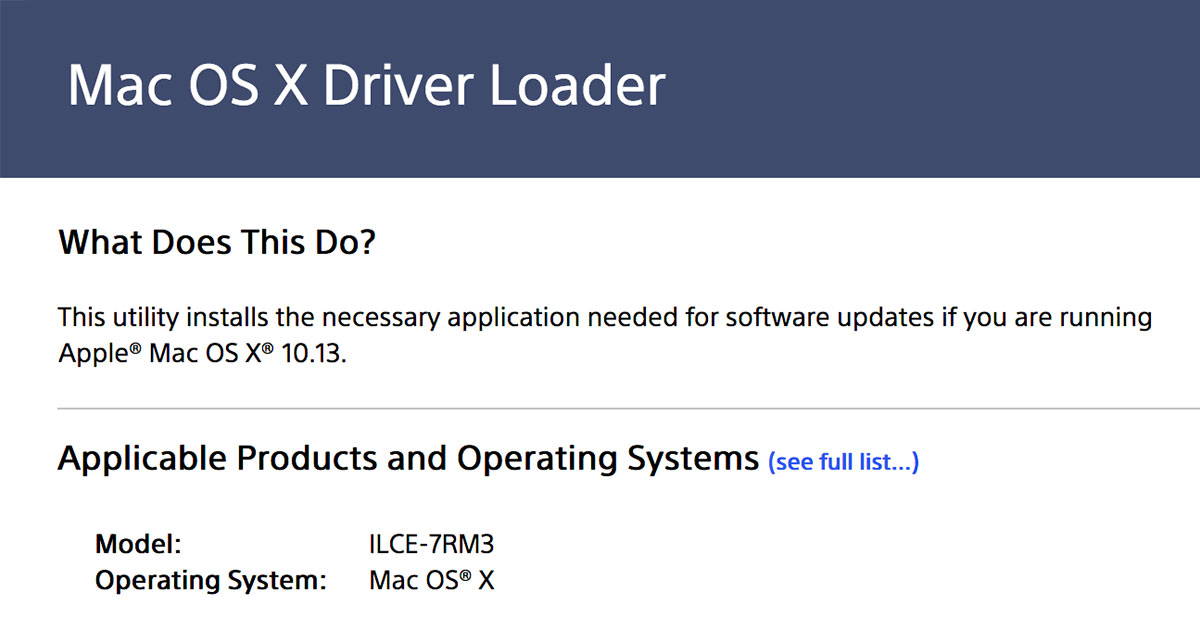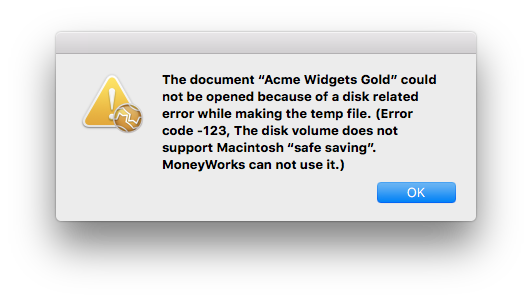

- #MAC OS SIERRA COMPATIBILITY APPS MAC OS#
- #MAC OS SIERRA COMPATIBILITY APPS INSTALL#
- #MAC OS SIERRA COMPATIBILITY APPS UPDATE#
- #MAC OS SIERRA COMPATIBILITY APPS UPGRADE#
This means if your Mac is too old to update to the latest macOS version, it’s becoming obsolete. Mac models from the past several years are capable of running it. You Can’t Run the Latest Version of macOSĮach year around September or October, Apple releases a new version of macOS.
#MAC OS SIERRA COMPATIBILITY APPS UPGRADE#
If you’re running Lion (10.7) or Mountain Lion (10.8), you will need to upgrade to El Capitan (10.11) first. If you’re running High Sierra (10.13), Sierra (10.12), or El Capitan (10.11), upgrade to macOS Catalina from the App Store. Can I upgrade directly from High Sierra to Catalina? Apple supports each new OS for two years after it is released (so you get three years worth of updates for it). It will probably be current for three years after release. Aim to keep 15–20GB of free storage on your Mac for installing updates.
#MAC OS SIERRA COMPATIBILITY APPS INSTALL#
Your Mac needs to have enough free space to download the new update files before it can install them. However, the most common reason is a lack of storage space. There are several reasons you might be unable to update your Mac. For instance, if you’re upgrading from macOS Sierra or later to macOS Big Sur, this update requires 35.5 GB, but if you’re upgrading from a much earlier release, you’ll need 44.5 GB of available storage.

The single most common reason your Mac won ‘t update is lack of space.

#MAC OS SIERRA COMPATIBILITY APPS MAC OS#
There are some cases where you might like to downgrade your Mac OS to a previous version, and this is also achievable with the High Sierra installer. MacOS Sierra requires one of the following Macs with at least 2 GB of RAM, 8.8 GB of available storage space, and at least OS X Lion: iMac (Late 2009 or newer) MacBook (Late 2009 or newer) MacBook Air (Late 2010 or newer) Can I install high Sierra on my Mac?Ĭan I install High Sierra on my Mac? Yes, you can install it on your Mac if you have an older version of Mac OS. Before upgrading make a full back up of your Mac. Then go to the Download OS section and click on the OS you want to install. Go to Check Compatibility to see if your mac qualifies for the OS upgrade you want. How do I update my Mac when it says no updates available?Ĭlick on the top left of your screen click on About This Mac to find out the year of your mac. Click the Update button to download the update. MacOS Sierra should be listed at the top. To get it, open the Mac App Store and click the Updates tab. MacOS Sierra is available as a free update via the Mac App Store. Is my Mac too old to update?Īpple said that would run happily on a late 2009 or later MacBook or iMac, or a 2010 or later MacBook Air, MacBook Pro, Mac mini or Mac Pro.This means that if your Mac is older than 2012 it won’t officially be able to run Catalina or Mojave.


 0 kommentar(er)
0 kommentar(er)
